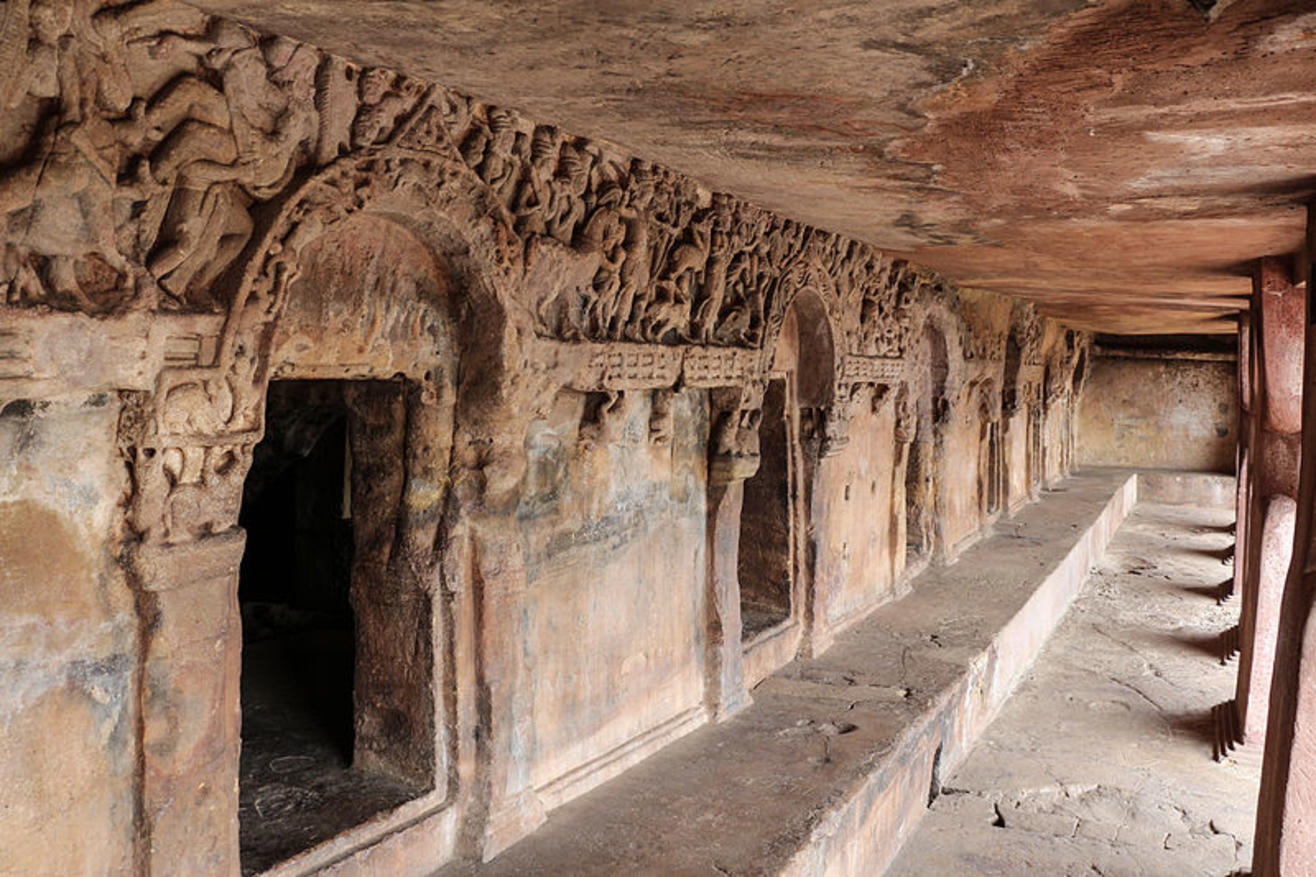Gupta Glory: A Story of Innovation, Invention, and Inspiration
Have you ever wondered how India became one of the most advanced and diverse civilizations in the world? How did it produce some of the greatest achievements in art, science, literature, and religion that still inspire us today? The answer lies in a period of history that is often overlooked or ignored by many: the Gupta dynasty.
The Gupta dynasty was a powerful empire that ruled most of northern and central India from the 4th to the 6th century CE. It is considered the golden age of Indian culture, as it witnessed the flourishing of various fields of knowledge and creativity. The Gupta rulers were not only conquerors, but also patrons of learning and culture. They supported and encouraged the development of Sanskrit language and literature, mathematics and astronomy, medicine and surgery, sculpture and painting, music and dance, and Hinduism and Buddhism.
The dynasty was founded by Sri Gupta, but the dynasty's first significant king and regarded as its true founder was Chandragupta l. The Gupta period is referred to as the "GOLDEN AGE" because of the numerous achievements in the fields of arts, literature, science, and technology.
Mercury and iron were used in medicine throughout their era. The medical professionals at that time were aware of the surgeries and could perform if necessary. The astronomers of the Gupta era introduced the concept of gravity. Aryabhatta also demonstrated that the planet spins around its own axis. The use of decimal system and concept of zero was one of the significant development of their era. This mathematical breakthrough laid foundation for modern mathematics and complex calculations.
The Gupta era gave birth to mathematical luminaries like Aryabhata, who made pioneering contributions to trigonometry and accurately calculated the value of pi. His work in astronomy and mathematics left an indelible mark on Indian science.
The Gupta period saw the increased use of Sanskrit. While Ajanta and Ellora caves are famous, the Gupta period also saw creation of lesser known cave temples in places like Udayagiri and Khandagiri in Odisha.





Comments
Post a Comment